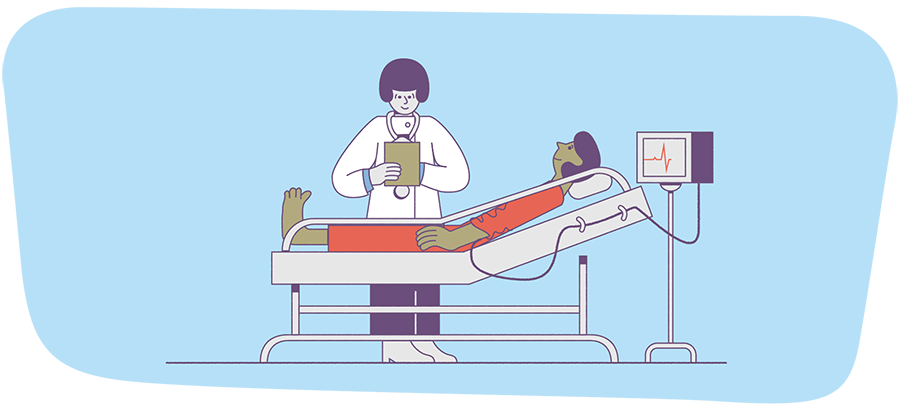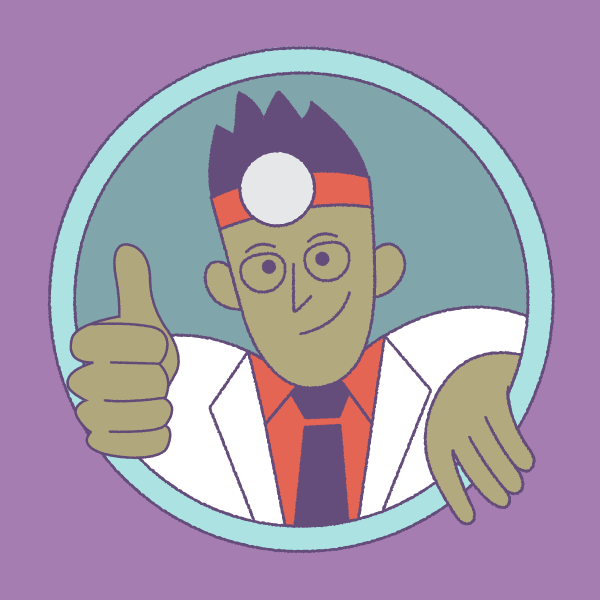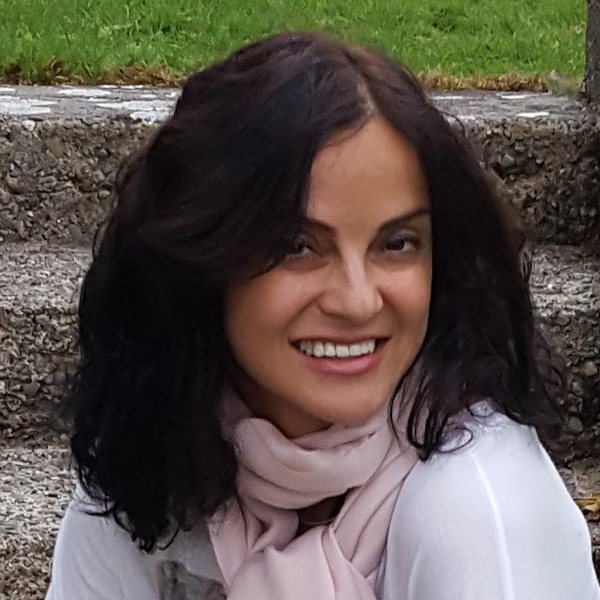
Veteran locum RK Devlin, MD, FIDSA shares what a day in the life of an infectious disease locum physician is like.
The duties and responsibilities of a locum tenens infectious disease doctor can vary considerably from one medical system to the next. Some facilities need only inpatient services, while others require assistance with outpatient work — and many places want help with both, so locum physicians have options. Some assignments are done at large hospitals with other permanent infectious diseases providers, but sometimes, we work alone.
I’m at the point in my career where I know how I like to spend my work hours — at the bedside. I prefer inpatient responsibilities over outpatient duties, and I like to work seven days at a time. I’m not interested in extra hours, even if they come with additional pay. That in mind, here’s what my locum tenens schedule looks like.
Travel
So far, each of my locum assignments have necessitated travel away from home, which is a plus for me, as I enjoy exploring new areas of the country. The day before my work week begins, I fly to an airport near the medical-facility location, rent a car, and check into my hotel. Arriving early gives me the chance to settle in, wander the neighborhood, get directions to the medical center, and shop for groceries.
Early morning routine
In the morning, I usually eat a healthy breakfast in my room — I keep hard-boiled eggs, hummus, berries, apples, packaged spinach and crudites, and green juices in my mini-fridge. It can be hard to ingest adequate fruits and vegetables when traveling, so this meal guarantees I get a good serving of each per day. On my way out of the hotel, I stop in the lobby coffee shop for a large americano with an extra espresso shot and a splash of oat milk.
Workday: AM
Most of my workdays begin at 8 am. If my assignment includes outpatient-clinic responsibilities, I usually have an office or an assigned desk in the clinic. If I’m only seeing inpatients, I use the doctor’s lounge in the hospital as a home base.
I always start with computer rounds. I print out an inpatient census and review vital signs, labs, imaging, and notes. New consults are added to my patient list; for each, I do a deep dive into their history and current admission. For both new and old patients, I enter information into my preferred progress note or consultation template — I usually develop these in the EMR on my first day of service. These notes are saved for further editing once I’ve seen the patient, collected updated data, and discussed the case with other providers.
Once computer rounds are finished and my coffee is gone, I head to the inpatient floors. Since I’ve already done computer work in advance, I tend to be an efficient rounder. But I also really like patient interactions. Fortunately, locum assignments usually allow plenty of time for bedside conversations.
After finishing patient rounds, I grab lunch in the cafeteria, or if I’m lucky, a food court or café. Sometimes, I pack a lunch from the supplies in my mini-fridge or bring leftovers from dinner the night before. I like separating my morning from my afternoon with a physical and mental break, so I try not to work through my meal. About once a week, I treat the infectious diseases office staff to a delivered lunch from a local restaurant — it helps me get to know the group and gives me a chance to ask questions; it’s also a way to say thank you for their assistance.
Workday: PM
After lunch, I may be scheduled to see outpatients with a new concern or a diagnosis that requires follow-up after hospitalization or prior clinic evaluation. If I don’t have clinic responsibilities, I return to the hospital to see consults that were called in throughout the morning or revisit old patients who deserve an update on their diagnosis or treatment.
Once all patients, whether hospitalized or in clinic, have been seen, I return to my desk to finalize notes and handle email/text/phone questions or curbsides. I also answer patient concerns that have come through the clinic or EMR chart. Throughout the day, it is not unusual for an infectious diseases physician to have many provider-to-provider conversations (especially in a teaching hospital), visits to the microbiology lab, or discussions with radiologists regarding imaging results.
Teaching
If residents or medical students have been assigned to the infectious diseases service, they join me for both inpatient and outpatient interactions. I try to give at least one didactic session a day, always starting with a clinically relevant antibiotic review, a discussion on consult courtesy, and a tutorial on how to use the Sanford Guide. I’ve made it my practice to offer every rotating medical student and resident a year’s subscription to this resource; if I can help each of them become a more informed doctor and better antimicrobial steward, it’s well worth the price.
Evening routine
I always hope to end my workday at 5 pm, though occasionally, a large patient census or heavy consult burden will require some overtime. Locum ID doctors are frequently assigned overnight call, but fortunately, this usually only involves phone conversations rather than trips back to the hospital.
Most evenings after work, I visit a restaurant or arrange take-out for dinner, though I sometimes do some of my own prep or eat prepared meals in my hotel room. I also might explore the town, visit a local bookshop or record store, attend a cultural or sporting event, or work out in the hotel fitness center. Because I prefer long-term locum assignments (three to 18 months in the same facility), I’ve been able to establish rewarding relationships with my ID colleagues — I’ve been invited to afterwork bonfire gatherings, baby showers, restaurant meals, and holiday parties.
Weekends
On the weekends, rounding and consult responsibilities are often less busy and outpatient clinics are closed. Finishing my patient duties by mid-afternoon, I might take a short trip to nearby towns, local tourist attractions, hiking trails, or other sites of interest in the area. I ensure that I have cell service wherever I go, though — I need to be able to answer the phone when I’m on call.
Returning home
When my work week is finished, I provide a patient report to the next on-call provider. If I’m scheduled to return in the future, I keep a personal list in the EMR of patients I’d like to follow-up on myself.
I check out of the hotel and drive to the airport to return the rental car. But, I don’t always immediately fly home. Sometimes, friends or family fly out to meet me, and we’ll embark on a travel adventure together. Other times, I travel solo throughout the region, sometimes extensively, especially if I don’t have to return to work for several weeks. Finally, I make my way to the airport to catch a flight home, enjoying my remaining free time until I pack up to do it all over again.


